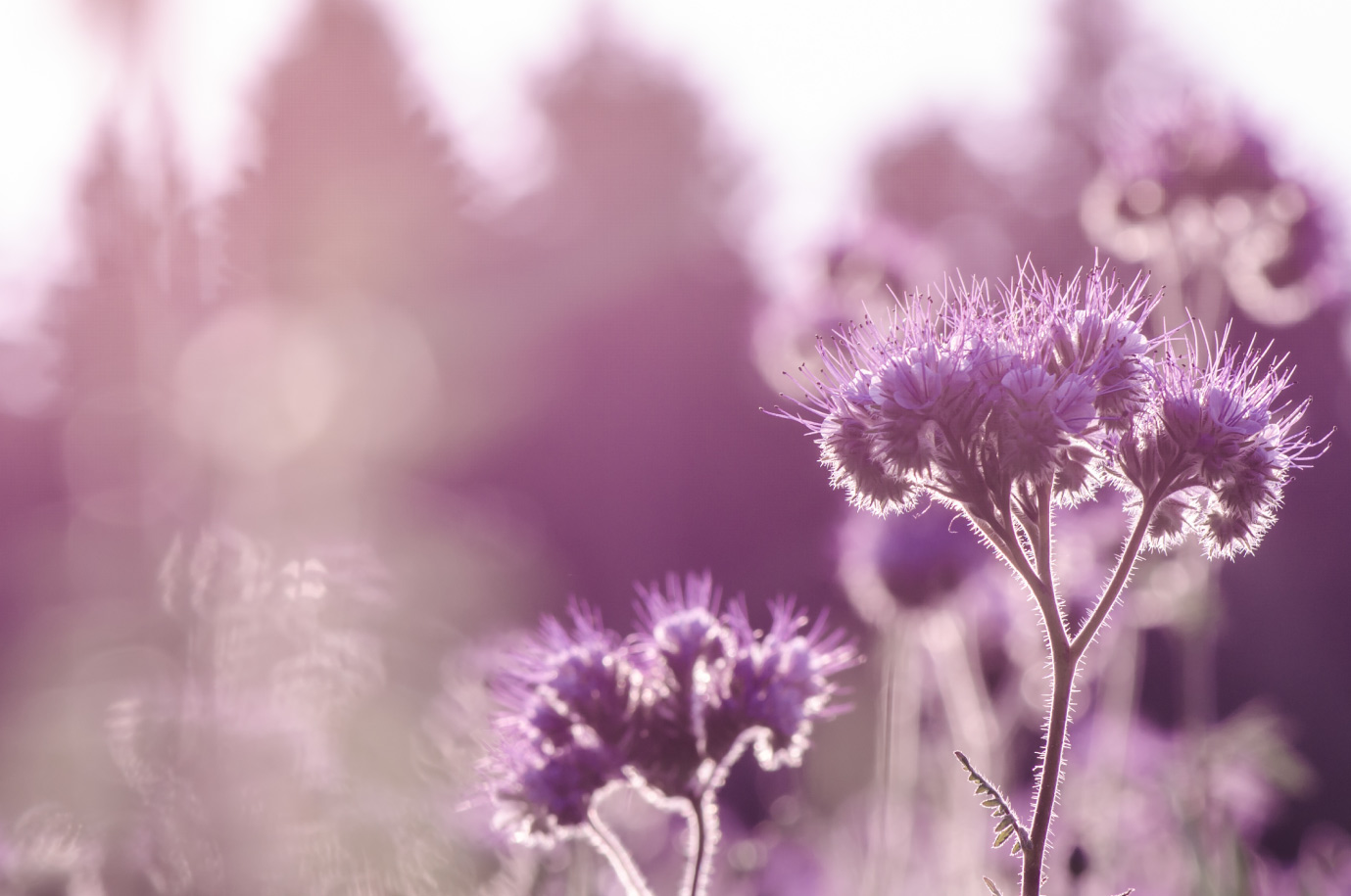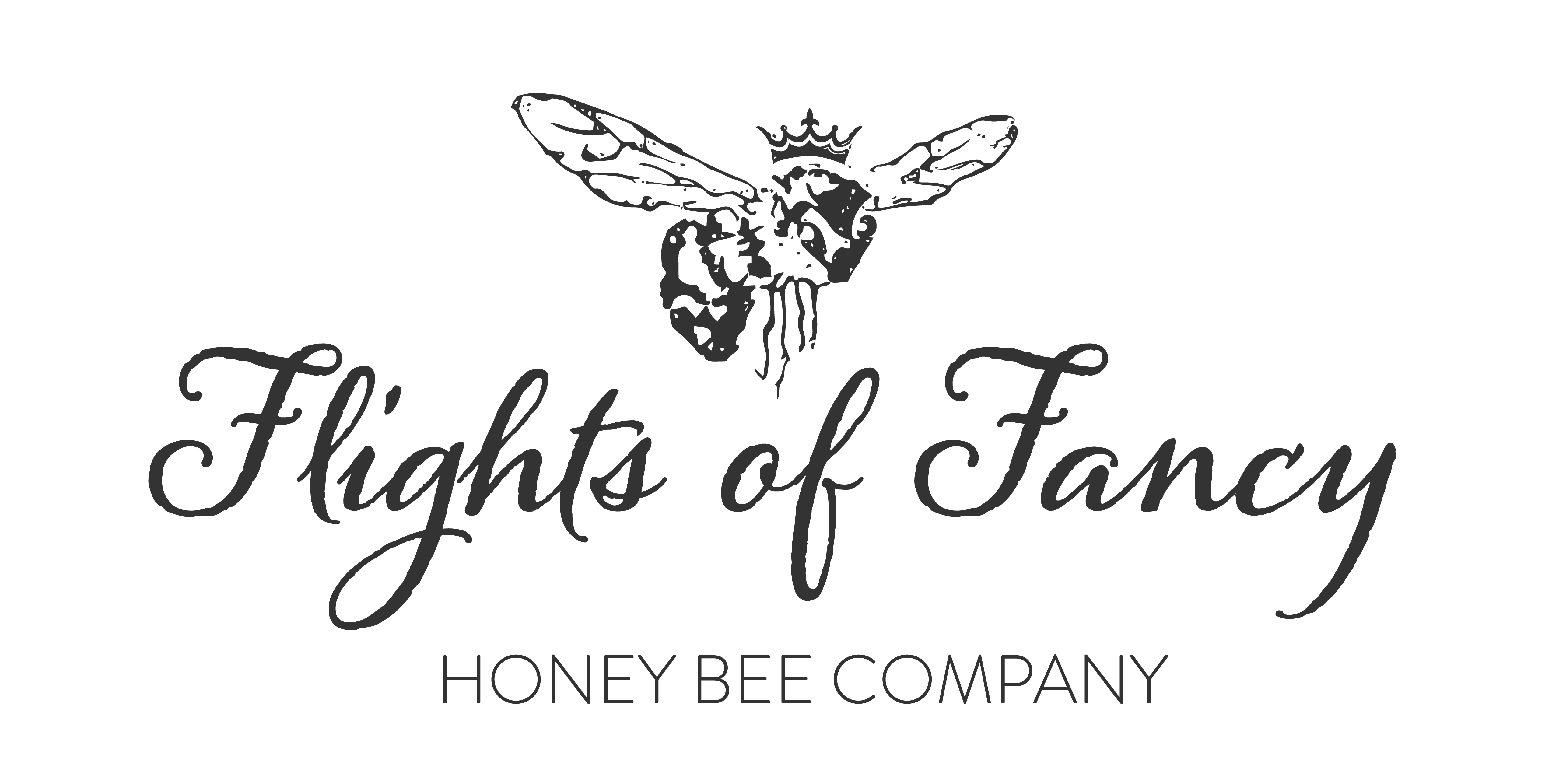Let’s Feed Some Pollinators

Let’s Feed Some Pollinators:
Free Gift With Purchase Until May 30th (while supplies last)
Today is the first day of Spring, the sun is shining, the weather is nice and my bees are buzzing, I couldn’t be happier, and to celebrate the Spring season I have put together a small thank you gift for each order that goes out from now until May 30th (or while supplies last).
The gift is a packet of pollinator seeds for you to plant in your garden, hedge, or wherever you have some space.
You will be rewarded with a summer full of wonder as your local bees, butterflies and even hummingbirds visit the plants that you have grown!
Together we will be working to create much-needed food and habitat sources for species that, let’s face it,
could really use a helping hand right now.
Two Types To Choose From:

There are two seed varieties available to choose from and each has special benefits for both native pollinators and your local honey bees.
Free Gift Option One: Purple Tansy Seeds
Phacelia tanacetifolia. Pale, mauve-blue, fragrant flowers unfold like ferns at the top of long leafy stems and attract pollinators from miles around. The delicate, lacy foliage bears a resemblance to yarrow. It fits in the vegetable garden as a cover crop or in a garden bed for quirky purple flowers. Phacelia is one of the very best bee plants.
To Grow:
Exposure: Full sun | Zone: 3-10
Direct sow every couple of weeks from last frost (end of March on the coast) to mid-June. This will produce a full summer of flowers. Seeds will germinate in 12-30 days. Sow 5mm (¼”) deep, and space or thin to 10-20cm (4-8”) apart. Ordinary, well-drained garden soil is what makes Phacelia thrive. It will die back during a long, hot stretch of weather, so it’s ideal for the cooler seasons of spring and fall. Plants may self sow.

Free Gift Option Two: Sunflower Seeds
Nothing says summer more than a Sunflower. Did you know that the Sunflower is native to North America? It has been grown and cultivated for thousands of years. It may not be as good of a nectar and pollen source as the Purple Tansy, but it does create a home for many native bee species and last summer, I even had hummingbirds visiting my patch
To Grow:
Exposure: Full sun | Zone: 1-10
Direct sow mid-April to late May. Starting indoors is possible, but does not gain much time. If sunflowers are allowed to get root-bound, they will lack stability at transplant time and will require staking. Optimal soil temperature for germination: 21-30°C (70-85°F). Seeds should sprout in 10-14 days. Sow seeds 5mm-1cm (¼-½”) deep. Space dwarf varieties 15cm (6”) apart, but give the giants lots of room at 1m (3”) between plants.
Who will you be helping?
Local Honey Bees: to attract and help local honey bees, make sure you plant the seeds (these seeds or any nectar and pollen-producing seeds) in groupings of 6-8 plants. The reason for this is, like the rest of the designated jobs throughout their hives, honey bee foragers have designated pollen and nectar sources and will only collect resources from one type of source per forage trip. A single plant or plants in groups less than 6, in close proximity will be passed over by the honey bees who are looking for the most efficient areas to collect resources.

Native Bees: Unlike honey bees, native bee species will visit multiple pollen and nectar sources per trip and will happily visit individual or small groupings of plants. Some solitary native bee species will also use the plants as a home or place to rest and as shelter from rainy or cold weather, like the long-horn bee in the photo to the right who took up residence in my sunflower patch last summer. This little one would tuck itself in between the petals at sunset and begin its day with a grooming session as the sun rose and the temperatures warmed up. It would move from bloom to bloom as the sunflowers faded and lost their petals – make sure you seed in succession for continued blooms from August through to late September.
Hummingbirds: It’s not just honey bees and natives that will visit your garden, you’ll see hummingbirds as well! Most people associate hummingbirds with bright red liquid feeders but hummingbirds are pollinators too, and they love to visit flower and vegetable gardens sampling the different natural nectar sources. Hummingbirds are highly territorial and feeders can be a competitive place, by growing nectar-producing plants throughout your yard, you will be increasing the food resources over a larger and more spread out area. Want to feed hummingbirds but not sure if they will visit sunflowers? The ones by my house sure do! I have three feeders up but the most hummingbird squabbles happen over my patch of sunflowers. Did you know that they will puff themselves up to the size and look of a golf ball, make a high-pitched war cry and charge their competitors? Neither did I until I saw it with my own eyes and then spent a few hours Googling it.

Butterflies & Moths: Butterflies and moths are pollinators as well and they eat nectar and pollen just like bees do, they also transfer the pollen from bloom to bloom the same way as bees, and some species even have pollen patches on their legs. Personally, I have always been fascinated by butterflies, I relate more to honey bees in their task-orientation and butterflies always seem to be flitting about on a whim, wandering to and fro, but they make migration journeys that far outreaches any bee, and must require drive and direction.
Moths as well, seem to be overlooked and underrated, just take the hummingbird, bumblebee, and luna moths for example. The first two resemble hummingbirds and mimic hummingbird movements, they even feed during the day, collecting nectar from the same plants as hummingbirds. The luna moth is a brilliant bright green with creamy white markings that look like that of a butterfly, the wing shape even resembles a butterfly’s wings. They come out at night but can also be seen resting during the day.
Go The Extra Mile: Add a Watering Station

Although nectar is a fluid, pollinators still need a reliable source of clean, fresh, accessible water. Creating and maintaining one or several watering stations is quick and easy and will not only add interesting features but will bring life into your garden. You’ll love watching all of the different insect species collect water but also how they interact with each other and the effects of their presence on your nearby plants.
A watering station can be as simple as filling a birdbath with river pebbles or clean gravel. You can also use water trays meant to fit under flowerpots, doing the same, filling them with pebbles or gravel. You can use natural mosses along the edges or use the pebbles to make a gradual slope, with a rise in the center. The important thing to keep in mind is that the water levels need to be kept shallow – the gravel or pebbles should break above the surface, this provides pollinators somewhere to land and if they fall in, they can get themselves out without drowning.
To avoid misquote larva, freshen the water every other day or so, also you will find that it will need to be refilled just as often since the water level is being kept low.
By adding some food sources, shelter, and water, you will be helping native pollinators and honey bees alike, and by doing so will make your garden a fascinating and magical place to spend time.
Let’s feed some bees!
About The Author
wilding.stephanie
Related Posts
The Power of White Clover: How This Humble Plant Can Benefit Pollinators and Your Soil
The Power of White Clover: How This Humble Plant Can Benefit Pollinators and Your Soil…
March 27, 2023Let’s Feed Some Bees: Year Three
The hope behind this program is that you will plant these packets of pollinator seeds…
March 19, 2023



